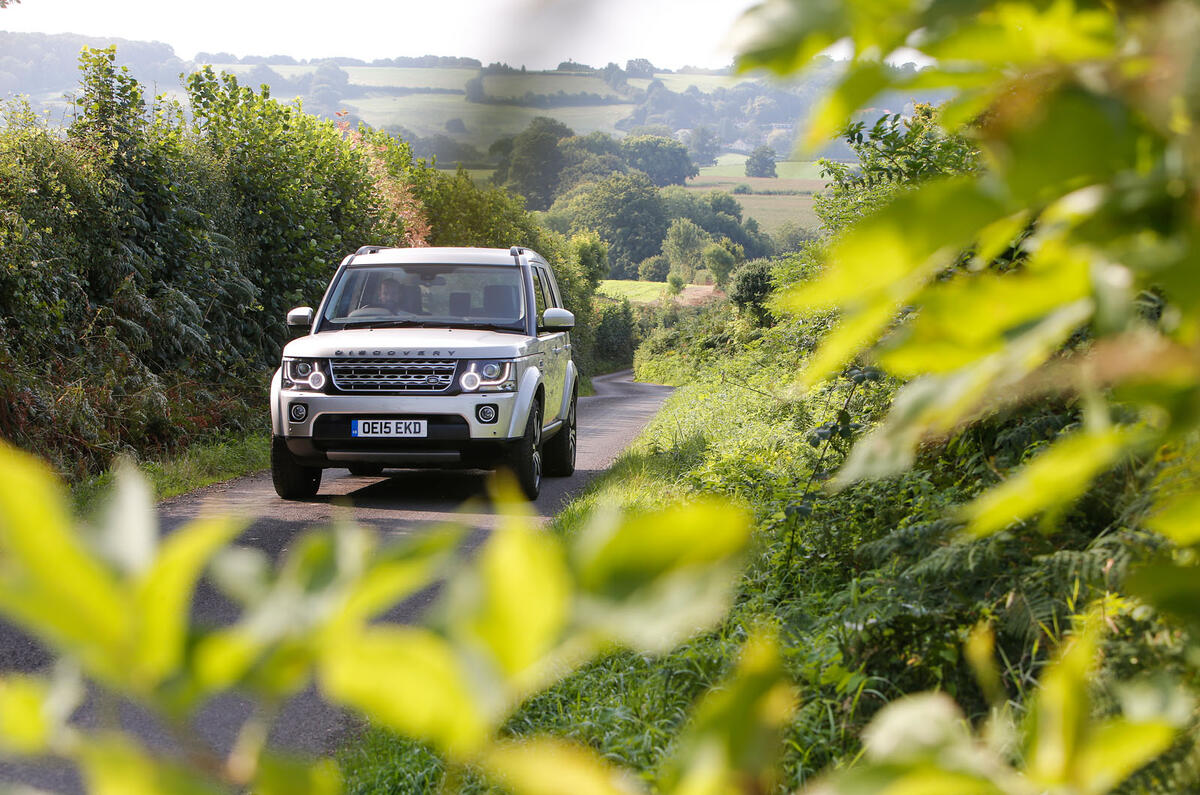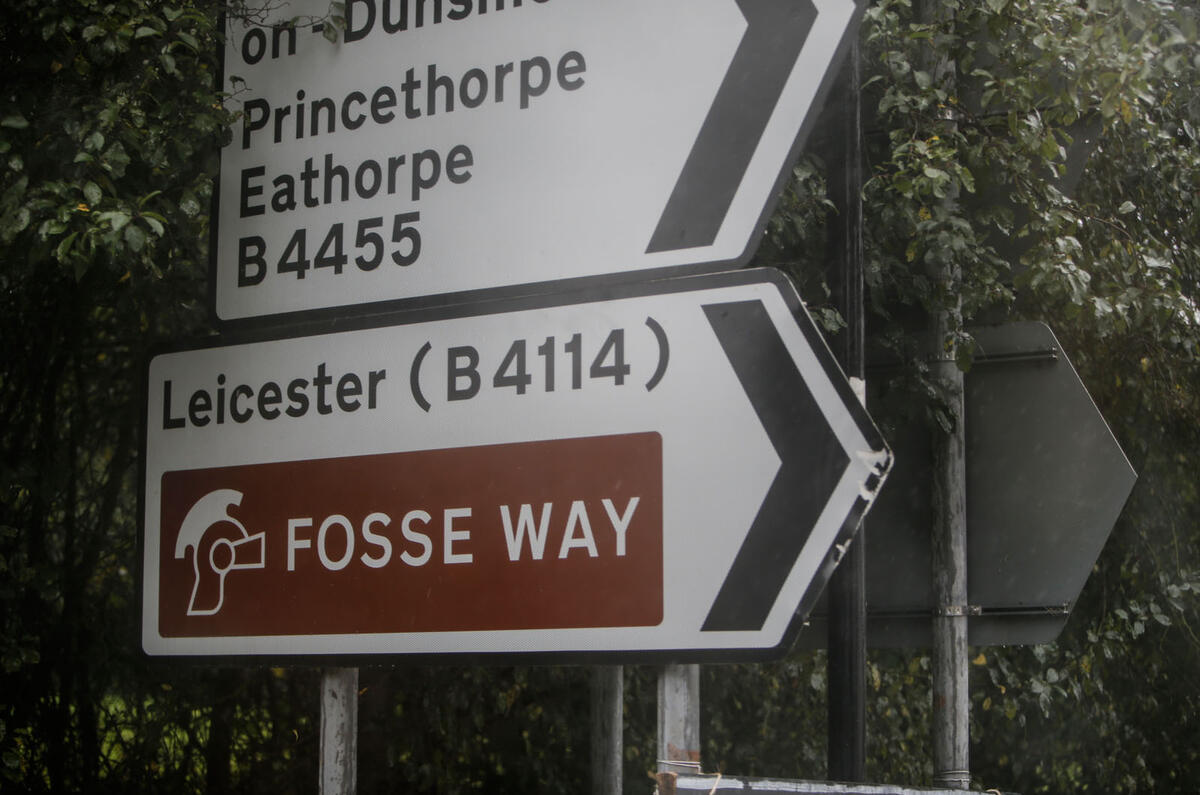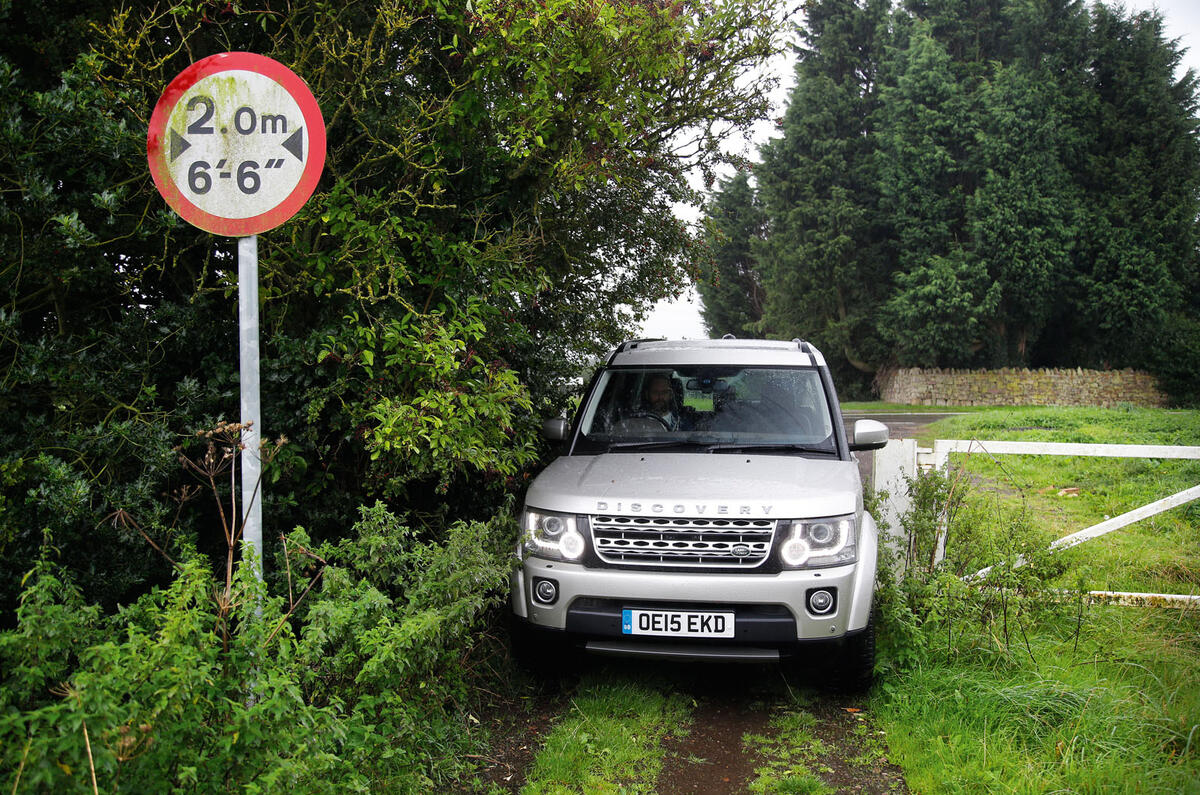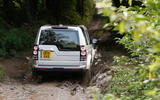By now, there’s every chance you’ll have seen the fifth-generation Land Rover Discovery, revealed at the Paris motor show.
It’s lighter, lither, swoopier and 36% more Range Rovery than the Land Rover Discovery 4, which is about to bow out… how? ‘Gracefully’ is the preferred way we’d all like to go, isn’t it? With dignity intact. Some sports people at the top of their game prefer to have people ask why they’re retiring already, rather than waiting until they’re into their decline and having people ask when they’re going, or why they haven’t gone.
I’m not sure the analogy translates to cars, but I’m also uncertain that there’s a suitable analogy for the drive we’ve got planned. To see what the Discovery 4 is like this late in its life, I’m driving one the length of the Fosse Way, one of the country’s best-known Roman roads. I’ve driven bits of it before, like you perhaps have too, with or without knowing it. Tenuously, you could say I want to try a car ingrained into the rural British way of life on a route that’s yada-yada-yada, but the Fosse Way has had two millennia to get there, and comparing a Land Rover to a Roman road feels more than a touch Accidental Partridge.
The short of it is that I need to drive a Discovery somewhere, on and off road and for a decent amount of time, to see which of its traits the next Discovery should retain or lose, and have some decent pictures taken of it while I’m at it. And the Fosse Way is as good a place as any.

The Fosse Way links Exeter, or thereabouts (we’ll come to that), and Lincoln. Draw a straight line between the two and apparently the path is never more than six miles off it, and it passes – not coincidentally, you’d imagine – through Bath, Cirencester and Leicester. Stan Papior, photographing, tells me he drove the route two decades ago and remembers some serious off-roading. I’ve no idea how much we’ll find today but have decided we’ll drive as much of it as is passable. Where it’s road, we’ll drive it, where it’s byway, we’ll drive that, but where it’s private land, we’ll have to go around. Two days sounds about right to cover its 230-mile length.





































































Join the debate
Add your comment
2016 has been a very sad year
The end of production for the Defender (yes, I know it had to go, but very sad all the same - especially as they've been careless enough to still be dithering over a replacement) and now the loss of the last remaining separate chassis, square shaped, function leading form, Land Rover.
I will miss it and it's very sad to think that, now D4 has come to an end, this is very likely to be my last LR product.
A very interesting alternative article and it's equally interesting to see the amount of ignorance that there still is out there amongst those who appear to not even have read the article, let alone owned one of them!
Well obviously it will be
Likewise!
Some might say ugly,
I have only experienced following them on my bike or in my car. They do seem potent at releasing tremendous amounts of black smoke but I'm sure they're comfortable inside.
What is amazing is that 30+ years after Volvo were pilloried for releasing 'boxy' vehicles (remember Clarkson's obsession) we have a car company pumping out these tractors which look like an uglier boxy 240....yet very few comment.
Won't be missed (unlike the 240 which was rather practical)!
Possibly more to do with
My first Land Rover (Freelander 2) replaced a succession of Volvo V70 Phase II estates, with Volvo's going back in the family to a Volvo 144 in 1973. The 245/240 estate may have had a reputation but, in reality, it wasn't particularly spacious (it's space efficiency was shockingly poor), rode badly, drank like a fish and should have ceased production around 15 years before it finally did.